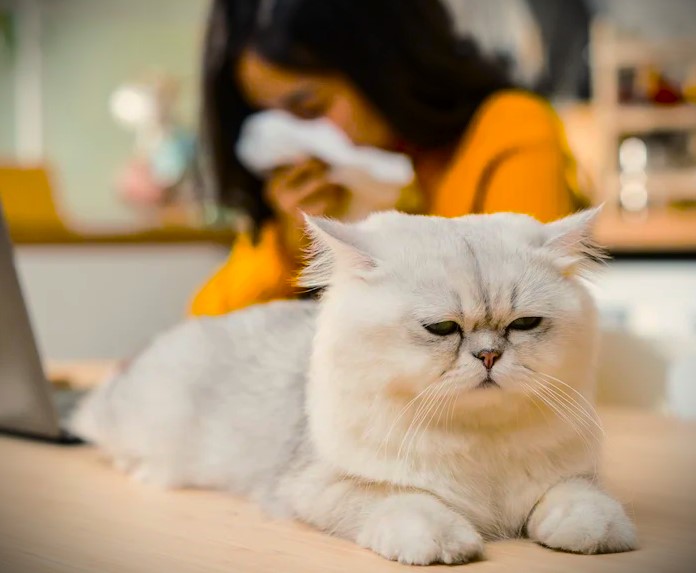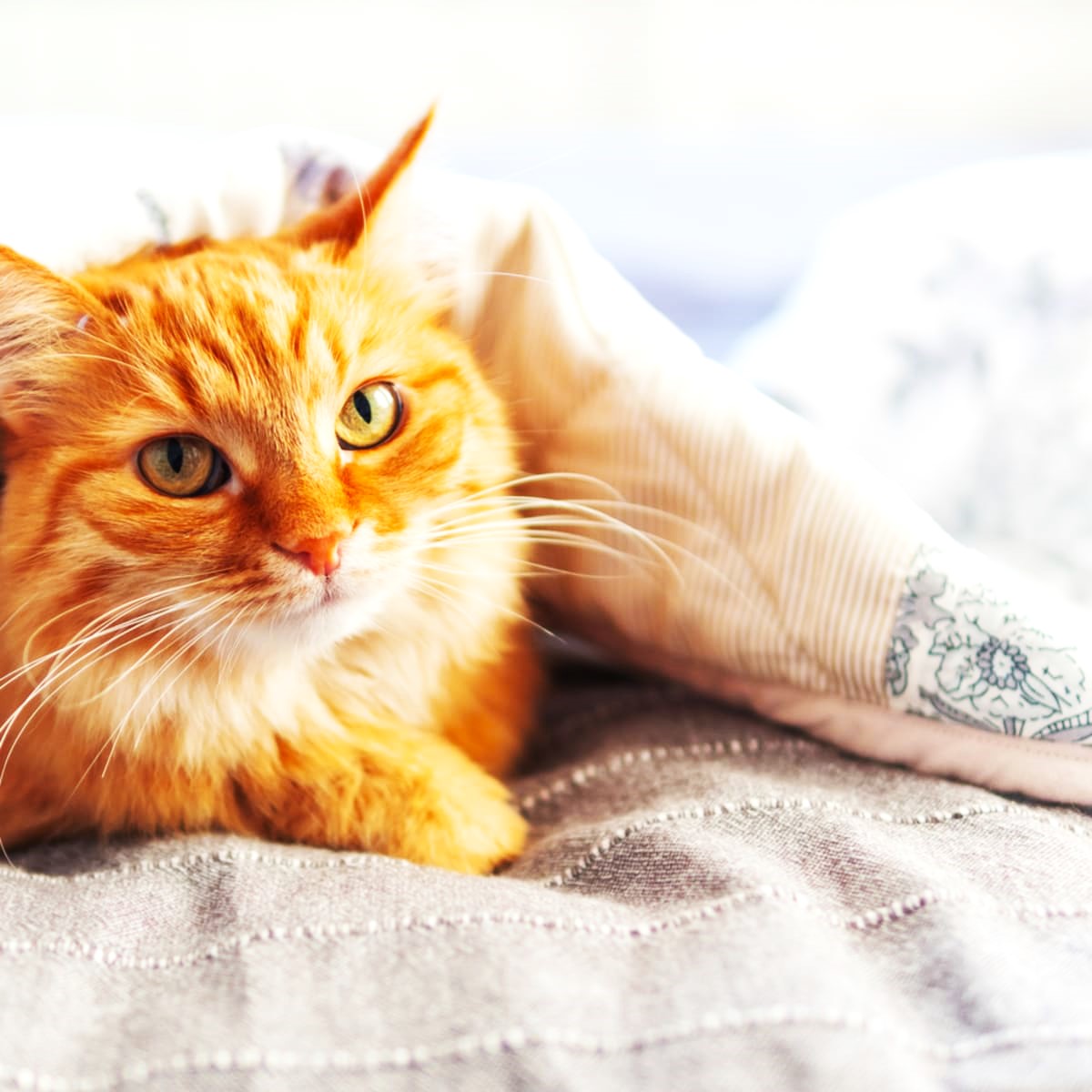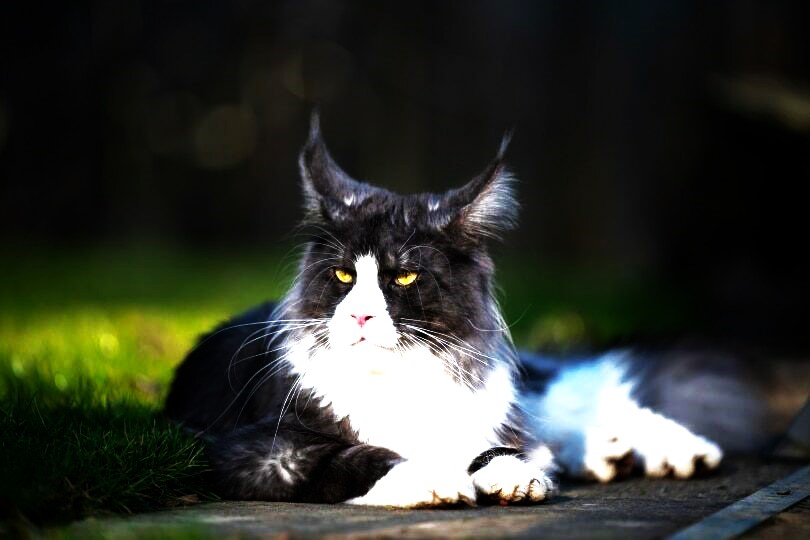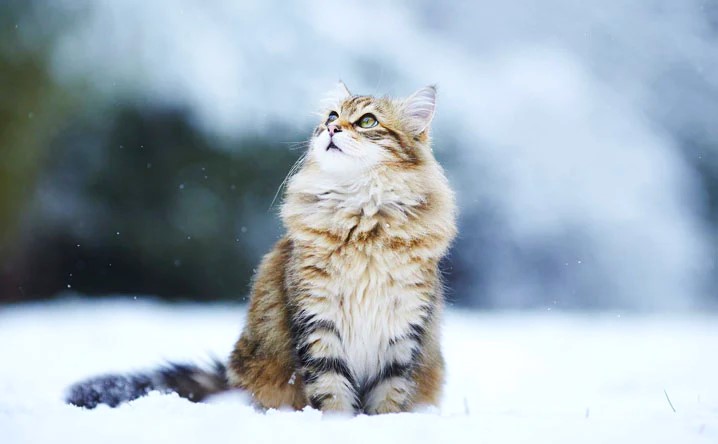While cat dander is still a mystery to some, allergy sufferers are concerned about it. Here are the specifics on what constitutes cat dander, the meaning behind Fel D1, and the ways in which allergy sufferers are impacted.
For a long time, many people believed that allergies originated from cat hair. Although cat dander was eventually found to be the cause, many cat lovers mistakenly believed that it was the same as visible dandruff.
Cat dander is made up of tiny fragments of dry cat skin that fly into the air and land on carpets, curtains, bedding, and other surfaces—including the skin and clothes of people. Particles of cat dander are very small—roughly one-tenth the size of dust mites. If not for a factor called Fel D1, dry skin particles wouldn’t be very allergenic.
What Is Fel D1?
A possible source of Fel D1 is the Latin Felis domestica. It is a glycoprotein that is mostly present in cats’ saliva and urine, as well as in the sebaceous glands beneath the skin. The Fel D1 found in saliva that lands on a cat’s skin and hairs during coat grooming creates a “double-whammy” effect for allergy sufferers when combined with sebaceous gland Fel D1. It’s interesting to note that different kinds of cats seem to produce Fel D1 at varying rates.
For example, Fel D1 production in whole cats is higher than in neutered cats. Compared to female cats, male cats—especially those that aren’t altered—produce more allergens. Fel D1 production varies greatly amongst cat breeds.

Why Does Cat Dander Cause an Allergic Reaction?
When an allergen presents itself, people’s immune systems view the allergen as an intruder and create an antibody known as immunoglobulin E (also known as IgE).
The immune system is then triggered upon reexposure to Fel D1, which results in the release of histamine, an inflammatory chemical. The word “histamine” may be familiar to you due to the abundance of over-the-counter antihistamines available to relieve hay fever symptoms.
Fel D1’s Effects on Humans
Inhaled through the nose: The allergic reaction can cause severe sneezing or the long-term illness known as allergic rhinitis, popularly referred to as “hay fever,” which causes runny nose, itchy nasal passages, nasal congestion, and occasionally sinus congestion in addition to sneezing.
Inhaled through the mouth: Inhaling allergens through the lungs and bronchial tubes can cause uncomfortable, potentially fatal asthma attacks. Before adopting a cat, people with asthma should always see their allergist and have allergy testing done. Studies indicate that up to 40% of children and young adults with asthma are allergic to animal dander, mainly cat dander, according to the American Academy of Pediatrics. Visit the American Academy of Allergy, Asthma, and Immunology for additional information.
Minor skin rashes or hives: Dader can cause minor skin rashes or hives when it falls on the skin, when cats lick the skin and deposit saliva on it, or even when the dander is inhaled. Exposure to cats may worsen eczema or atopic dermatitis.
Despite the fact that cat dander poses a genuine risk to allergy sufferers, some cat owners are able to manage their allergies to the point where they can coexist reasonably comfortably with their felines. This is best left to the judgment of your personal allergist; heed their advice.




